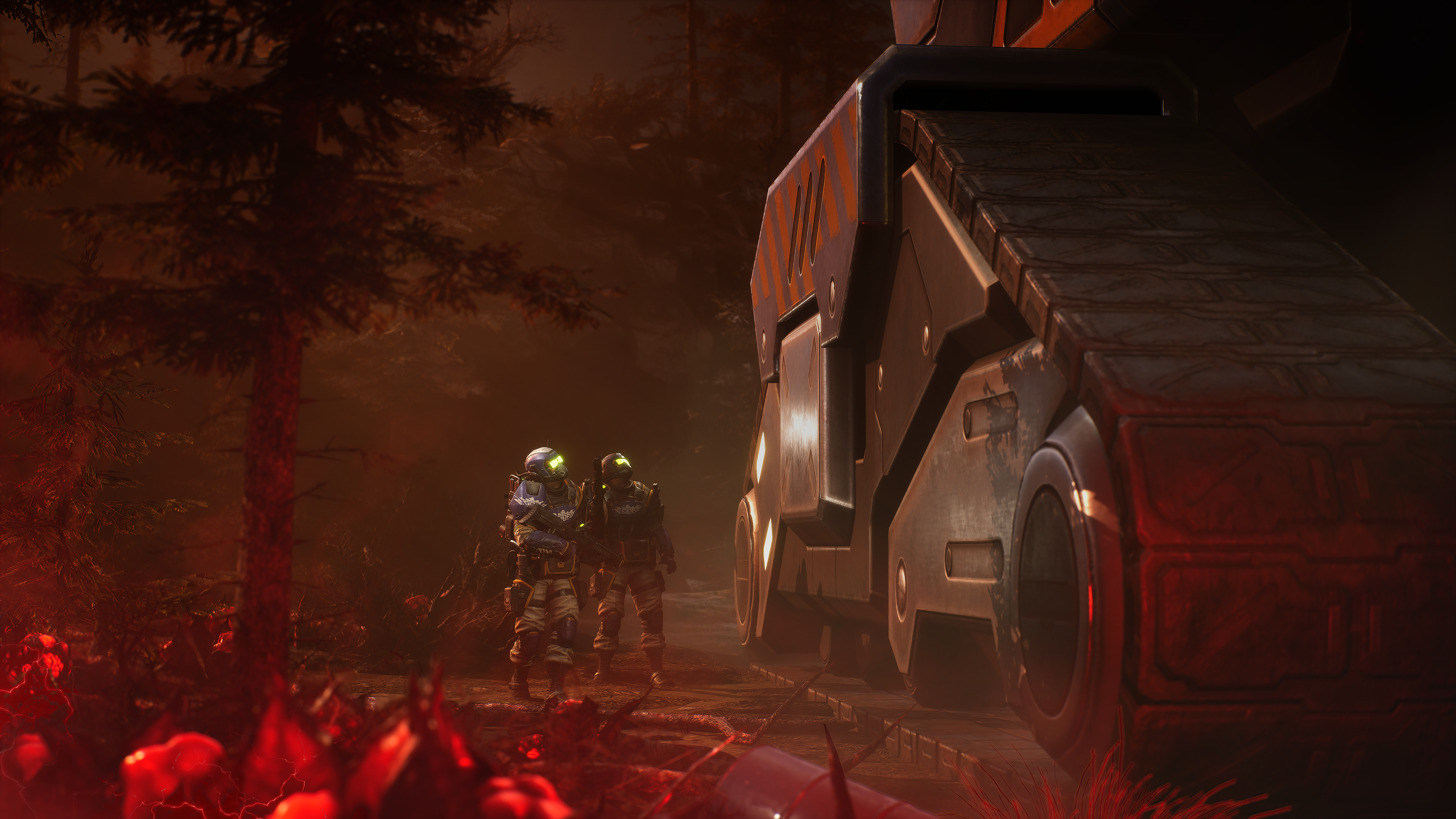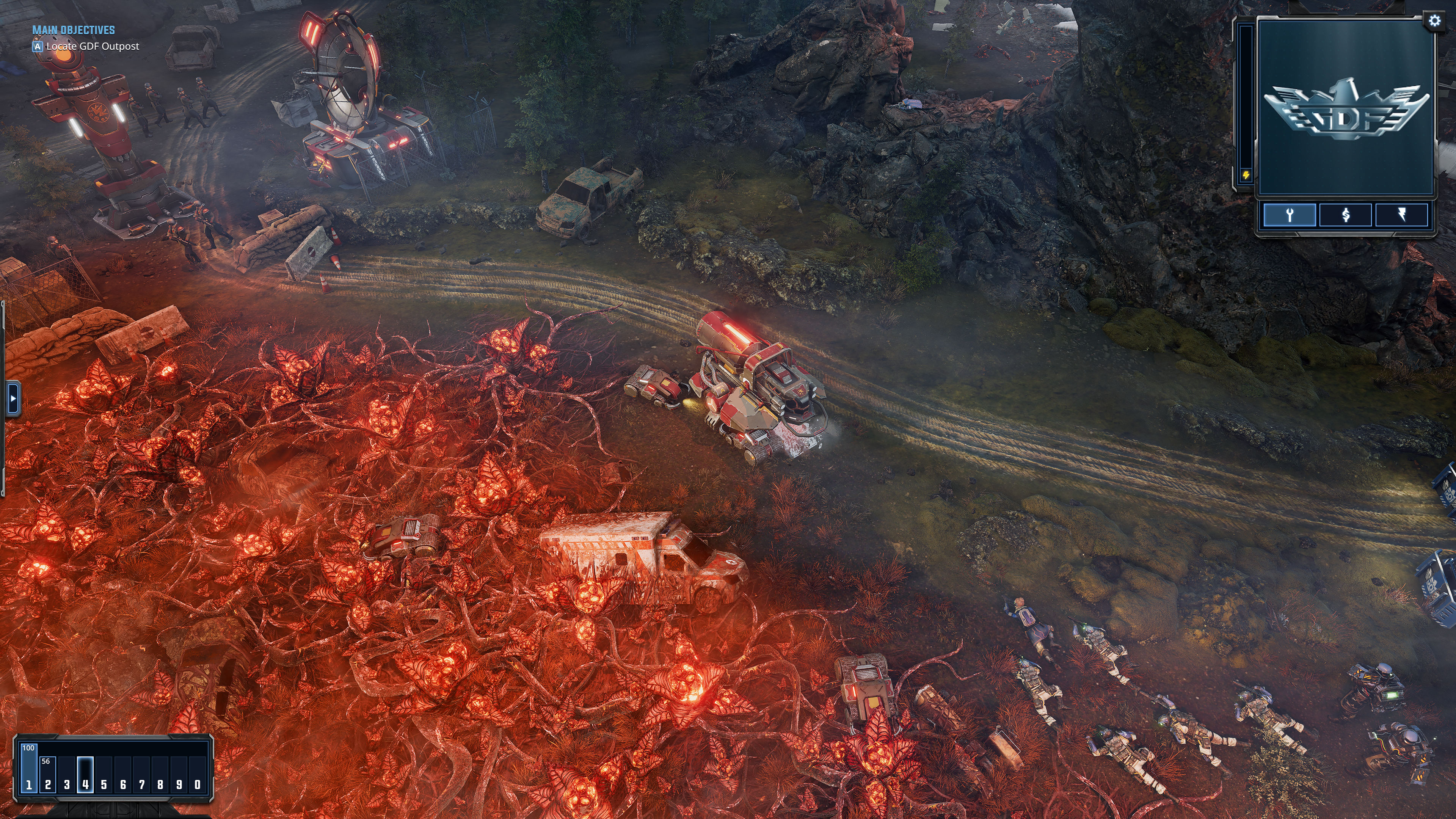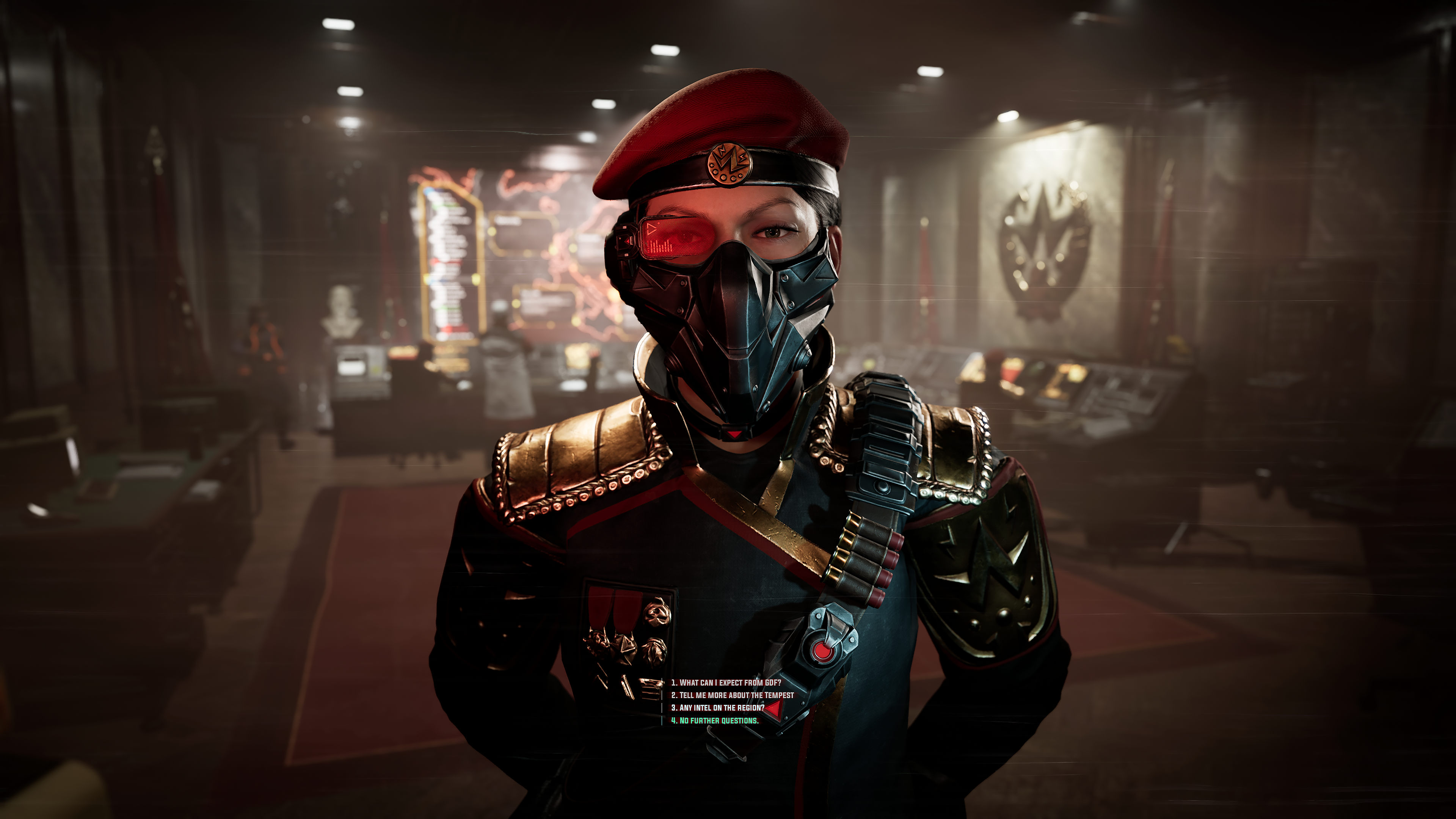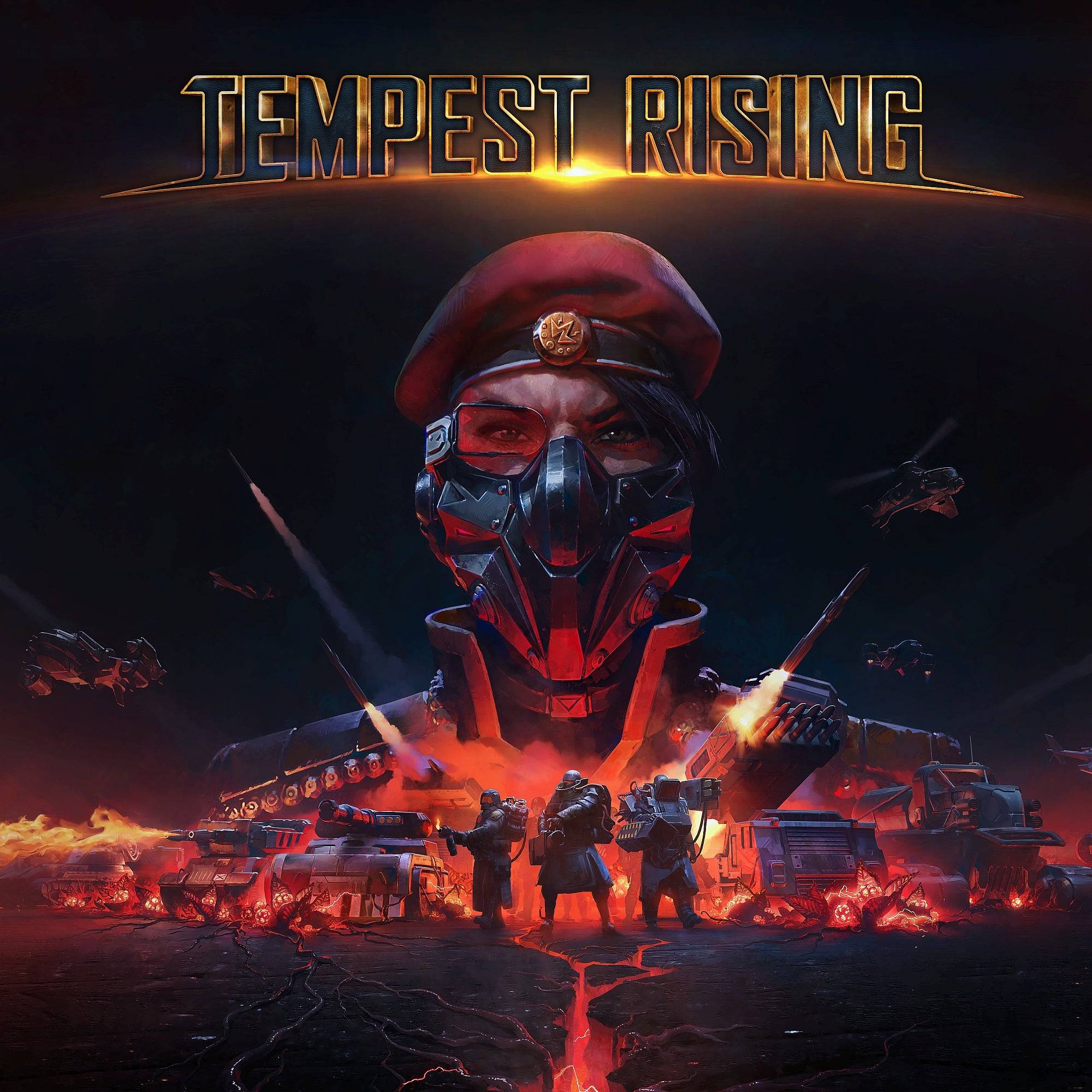Tempest Rising: A Nostalgic RTS Experience That Delivers
From the moment I launched the Tempest Rising demo, I was hooked. The opening cinematic, complete with cheesy dialogue from hardened soldiers and a nervous scientist, immediately brought a smile to my face. The music, UI, and unit designs perfectly captured the essence of classic Command & Conquer, transporting me back to late-night gaming sessions fueled by caffeine and questionable snack choices. Slipgate Ironworks has masterfully recreated that feeling, and I'm eager to see what the full game holds. Whether battling AI in Skirmish or facing off against human players in Ranked Multiplayer, Tempest Rising felt instantly familiar and comfortable.
This nostalgic experience is no accident. The developers aimed to create an RTS game that evokes the spirit of 90s and 2000s classics, while incorporating modern quality-of-life improvements. Set in an alternate 1997, following a devastating World War 3 sparked by the Cuban Missile Crisis, Tempest Rising introduces a unique element: energy-rich vines that thrive in the nuclear fallout. This resource fuels the conflict between two primary factions.
Tempest Rising Screenshots

 8 Images
8 Images



The demo focused on multiplayer, so I'll need to wait for the full release to experience the story mode, which will include two 11-mission campaigns, one for each main faction: the Tempest Dynasty (TD) and the Global Defense Forces (GDF). A third faction remains shrouded in mystery for now.
The Tempest Dynasty immediately caught my attention, not only for the hilariously named Tempest Sphere (a death-dealing rolling vehicle), but also for their "Plans" system. These faction-wide bonuses, activated at the Construction Yard, offer strategic flexibility. The Logistics Plan boosts resource gathering and construction speed; the Martial Plan enhances unit attack and defense; and the Security Plan reduces unit and building costs, improves repairs, and expands radar range. Switching between these plans created a dynamic and engaging gameplay loop.
The Dynasty's mobile Tempest Rigs, which harvest resources independently, facilitated a highly effective "fast expand" strategy. Deploying them to distant locations provided a safe and consistent income stream. The Salvage Van, a versatile unit, can repair allies or, in Salvage Mode, destroy enemy vehicles for resource gain, adding a layer of tactical deception. Power plants can switch to Distribution Mode, boosting nearby construction and attack speed at the cost of taking damage – a risky but rewarding maneuver.
While I favored the Tempest Dynasty, the GDF offers a compelling alternative, focusing on buffing allies, debuffing enemies, and battlefield control. The Marking mechanic, where units tag enemies for increased Intel gain and various debuffs, is particularly effective.
 Tempest Rising3D Realms Wishlist
Tempest Rising3D Realms Wishlist
Both factions boast three distinct tech trees and powerful cooldown abilities, adding depth and strategic variety. The Dynasty's Lockdown ability, preventing enemy building takeovers, is a crucial defensive tool. The Field Infirmary, a mobile healing zone, proved invaluable in supporting my units.
Tempest Rising's impressive AI, clever tactics, and customizable lobbies promise hours of engaging gameplay. I can't wait for the full release to experience the campaign and team up with friends. Until then, I'll continue perfecting my death ball strategies.















